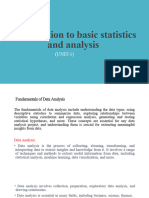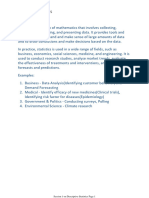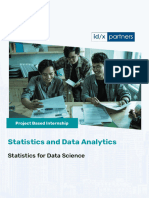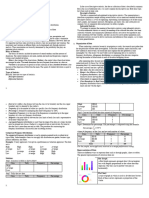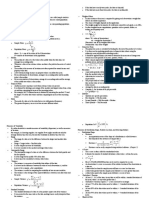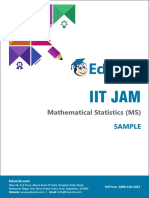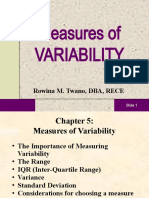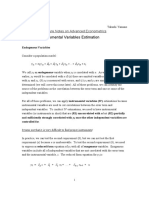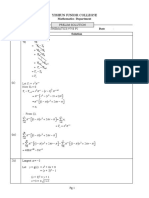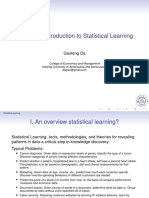0% found this document useful (0 votes)
4 views29 pagesDatascience Notes Unit-3
Descriptive statistics are essential tools for summarizing and understanding data, focusing on measures of central tendency, variability, and frequency distribution. Key concepts include mean, median, mode, range, variance, and standard deviation, which help analyze data spread and distribution. Data preparation and exploratory data analysis (EDA) are crucial steps in ensuring accurate statistical analysis and making informed estimations about population parameters.
Uploaded by
22981a0523Copyright
© © All Rights Reserved
We take content rights seriously. If you suspect this is your content, claim it here.
Available Formats
Download as DOCX, PDF, TXT or read online on Scribd
0% found this document useful (0 votes)
4 views29 pagesDatascience Notes Unit-3
Descriptive statistics are essential tools for summarizing and understanding data, focusing on measures of central tendency, variability, and frequency distribution. Key concepts include mean, median, mode, range, variance, and standard deviation, which help analyze data spread and distribution. Data preparation and exploratory data analysis (EDA) are crucial steps in ensuring accurate statistical analysis and making informed estimations about population parameters.
Uploaded by
22981a0523Copyright
© © All Rights Reserved
We take content rights seriously. If you suspect this is your content, claim it here.
Available Formats
Download as DOCX, PDF, TXT or read online on Scribd
/ 29





